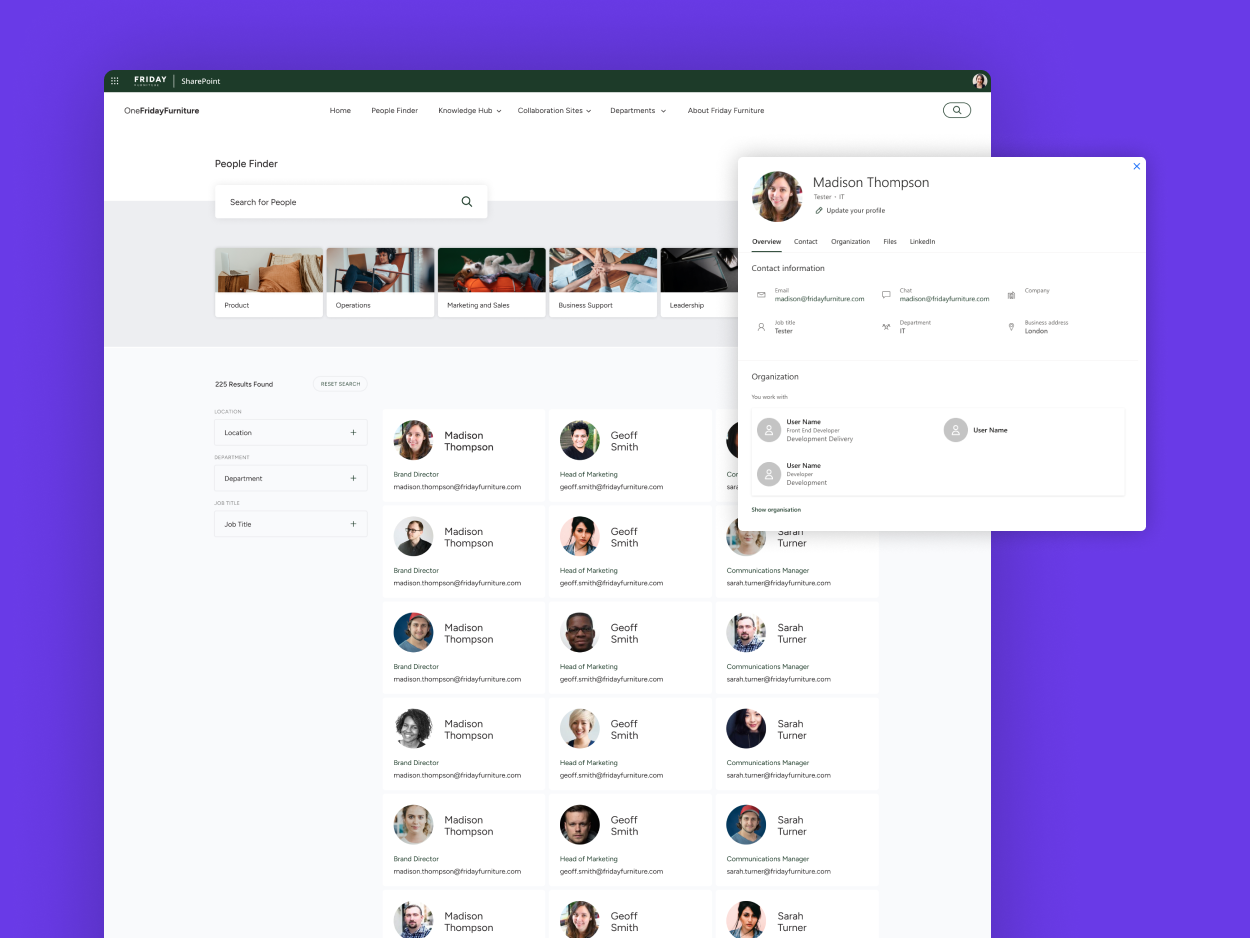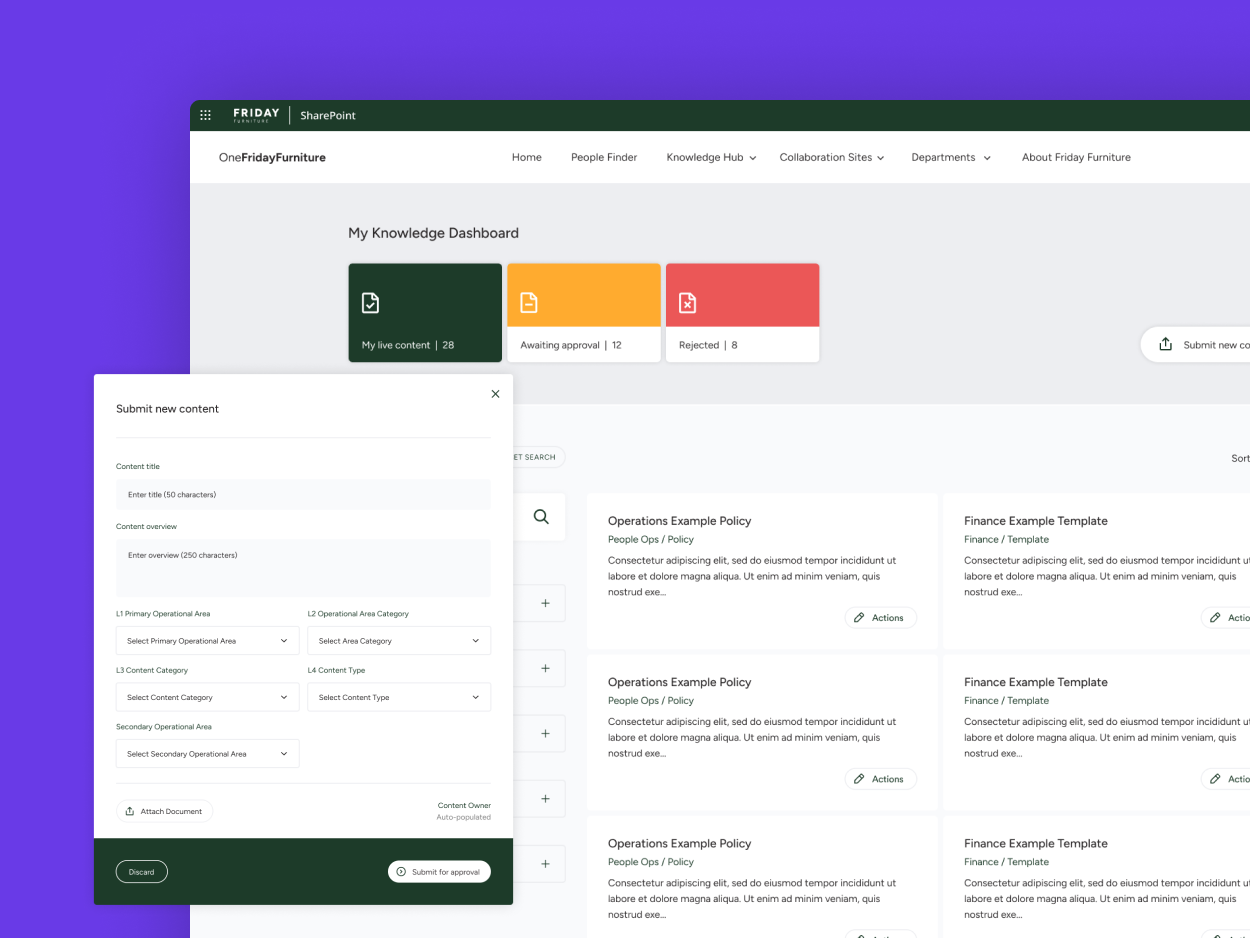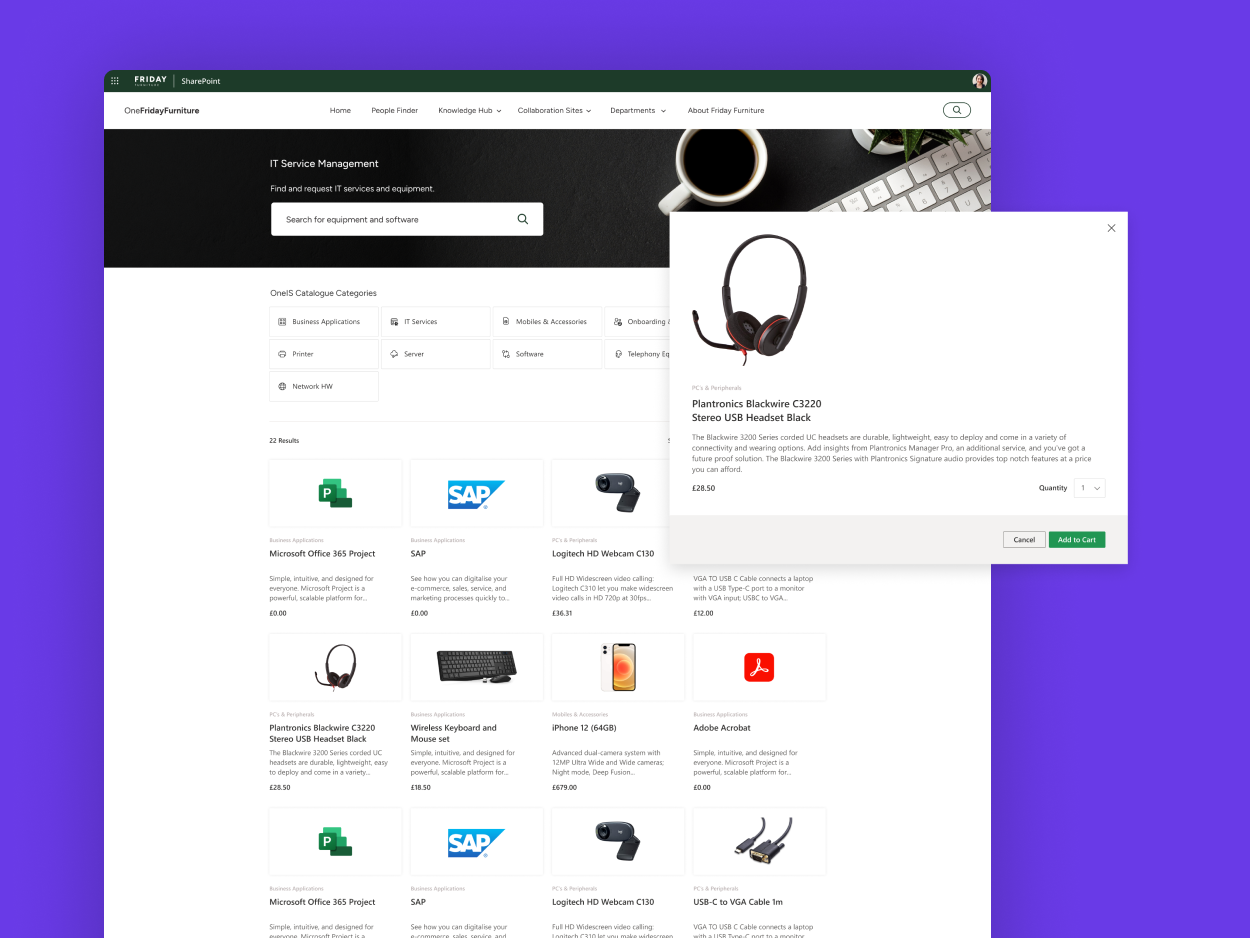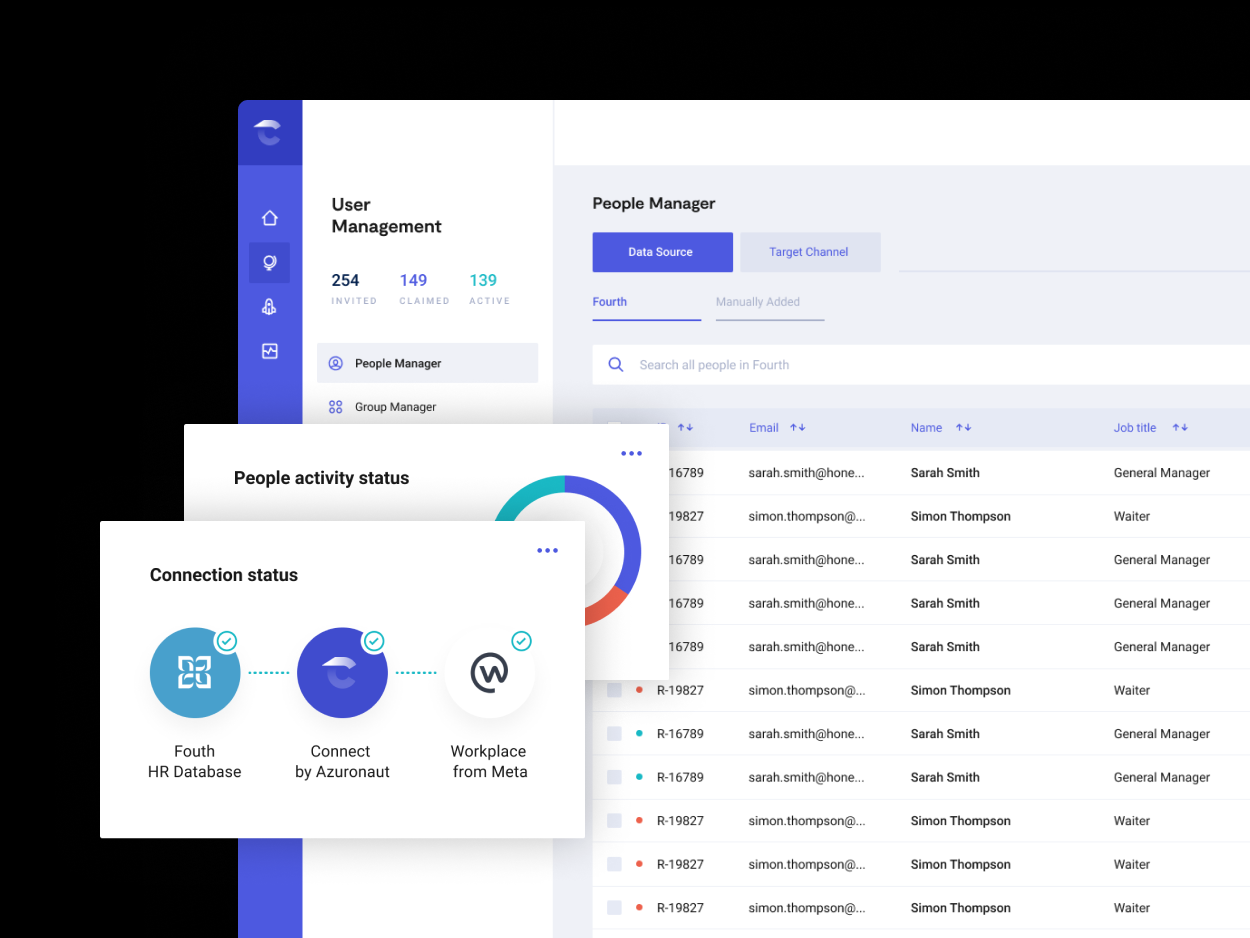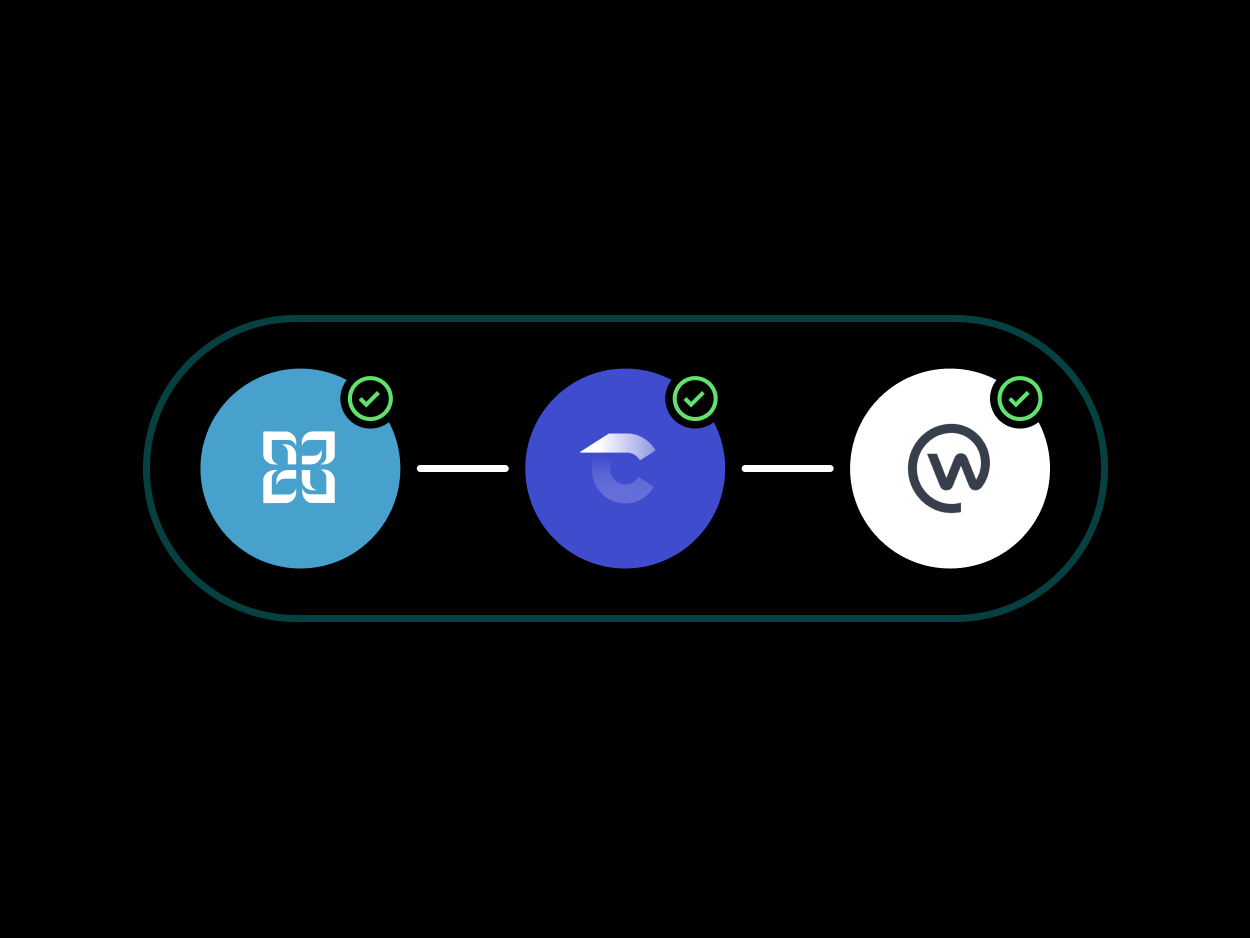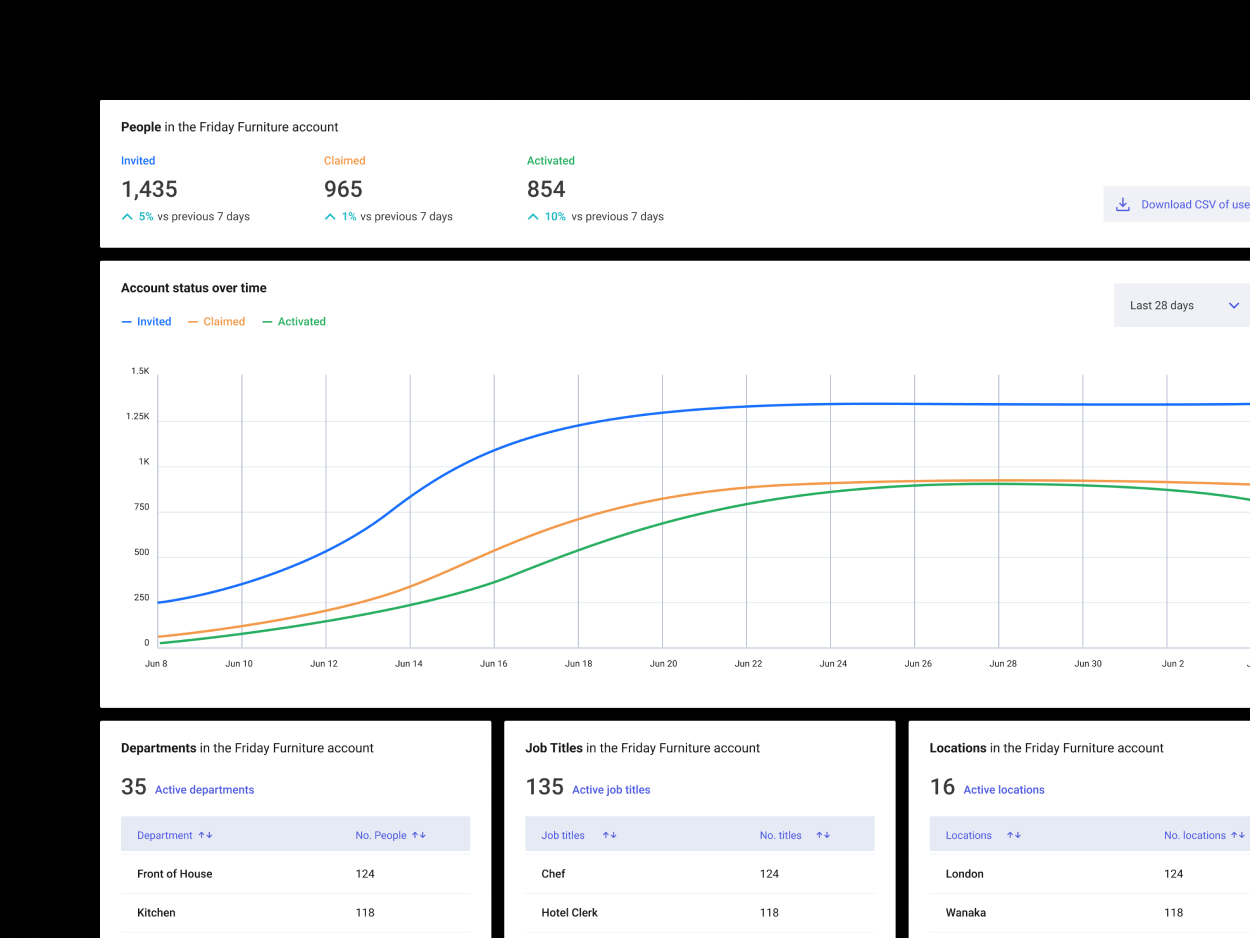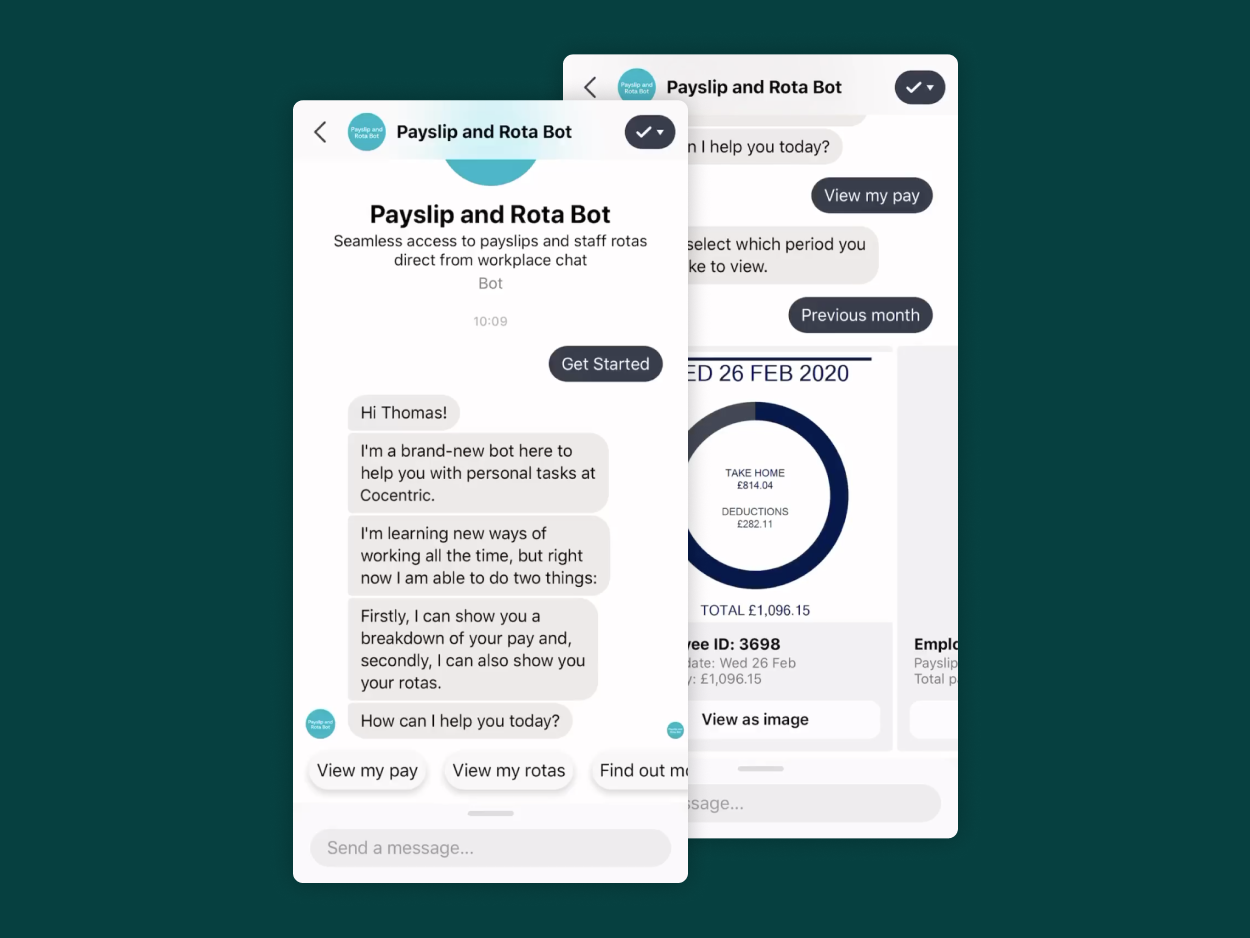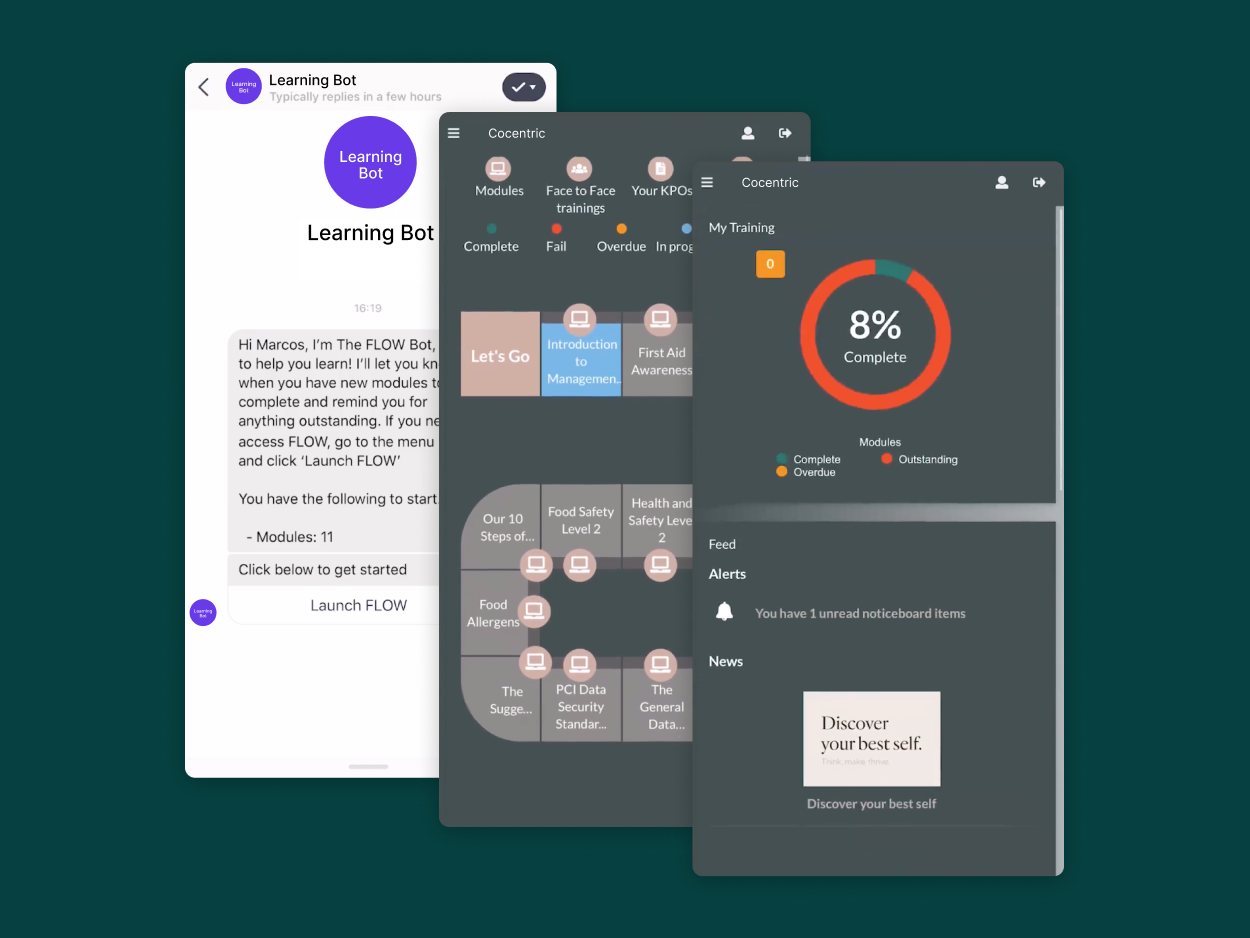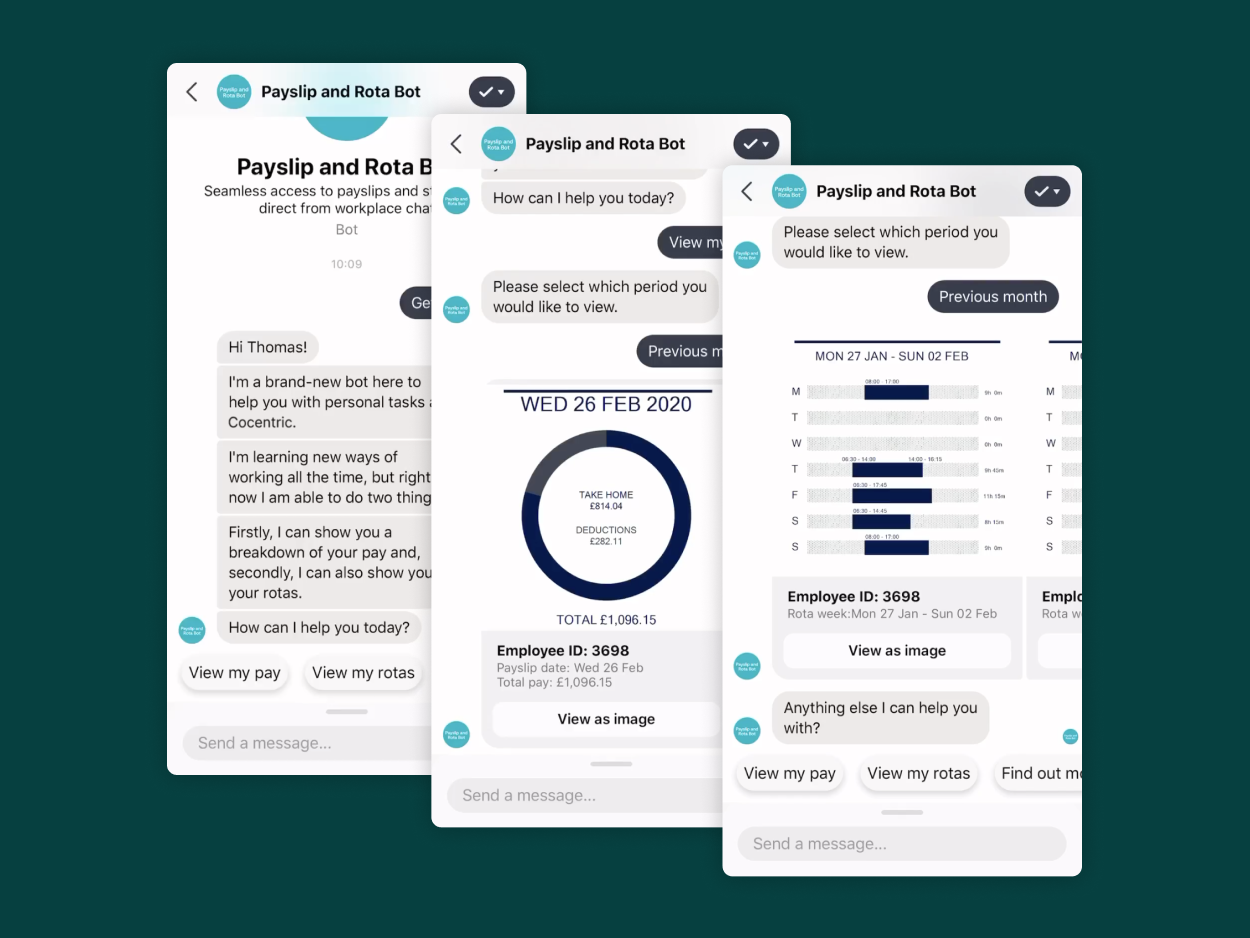
Transforming Internal Communications with Generative AI
Artificial Intelligence (AI) has transformed the field of communication through predictive and generative AI technologies.
In this blog post, we want to help you unlock the power of generative AI, since you and your teams are uniquely positioned to amplify innovation and generate transformative value for your business.
We will explore the impact of generative AI; available products on the market; and what Internal Comms Teams can do to embrace AI.
AI is here to stay – let’s #unlock these opportunities together!
What is Generative AI?
AI relies on machine learning, which teaches computers to learn from experience. Machine learning uses computational processes to ‘learn’ information directly from trained data without relying on human-determined inputs or algorithms.
Generative AI is a new type of AI less than 10 years old. It goes beyond traditional use cases of labelling or categorising data (Predictive AI).
Instead, generative AI generates creates ‘new data’ by using Large Language Models (LLMs) to read and train data to create new content based on text and pixel patterns.
LLMs read and train the data, and will select the ‘best’ output based on the trained datasets. The accuracy of these outputs rely on the size and accuracy of the dataset, known as a context window (i.e. the number of words to train data). This has allowed for increased content and style customisation.
Generative AI technology enables faster content creation and speeds up research processes. Early studies from Jakob Nielson show research has been sped up by 59% (2023). This empowers local editors, and enhances chatbot capabilities with AI-driven insights.
AI products on the Market
Generative AI powered by large language models (LLMs), have become instrumental in content creation. With the exponential rise of open-source AI software and machine learning, LLMs such as GPT4 and ChatGPT have changed comms forever.
Below we look at the most popular AI products on the market.
ChatGPT
Chatbot app, ChatGPT, has transformed communication with its advanced language processing. It only took 5 days for ChatGPT to reach 100 million users. In contrast, it took Facebook 10 months.
Effectively, ChatGPT is ‘standing on the shoulders’ of its predecessor, LLM GPT-4. ChatGPT is the LLM created by research company, Open AI. ChatGPT’s context window is 25,000 words. It is important to note that ChatGPT training data is only ‘accurate’ up to June 2021.
Microsoft CoPilot
Microsoft Azure AI have created their own variation of ChatGPT for business, known as Microsoft CoPilot.
Co-Pilot doesn’t use open prompts or data to train the model – the LLM exists independent of your tenant: Your people, Your Content. The LLM traverses your digital estate to search and create relevant content, such as emails, presentations and documentation, quickly within a secure digital space.
Other AI products
Other examples include Bing Chat (Microsoft); Bard (Google); LLaMa (Meta), Chincilla (Deepmind) plus others in the public domain.
Google’s LLM Gemini is currently being developed for context windows of over 1 million, and training from YouTube video content and imagery – the first of its kind to include video content in context windows.
Applications of AI in Communications
The Value of AI lies in the ability to:
- Write better content faster
- Speed up structured approaches to research
- Quickly provide AI-driven insights
- Support employees via chatbot services and knowledge searches
- Pull learning (in the moment)
- Revolutionised image creation
Clearly, AI has a whole range of applications for creation, efficiency, knowledge search and entertainment that we have barely scratched the surface.
However, the rapid rise of AI also poses challenges such as potential authenticity issues, biases in AI-generated content, excessive amounts of content, and the rapid spread of misinformation.
Inaccurate outputs mean concerns have been raised regarding the authenticity and source of media. Inaccurate outputs are also sometimes referred to as ‘hallucinations’ meaning that whilst the LLM has produced what it considers to be the ‘best’ output, the generated content does not reflect the correct information independent of the trained data. Therefore, it is important to review every piece of AI-generated content carefully.
Another example of inauthentic AI outputs is ‘deep fakes’. Deep Fakes are examples of where AI technology has been used to create fake digital versions of someone or an event to create fake news. Amateur deepfakes can map a person’s face and mouth using apps, but can usually be spotted by showing unusual blurring or flickering.
Guidelines and regulations are needed to address these challenges and ensure transparency and accountability in marketing and image-generation practices.
What should Internal Comms Teams do?
It is our task as Internal Comms experts to learn how to navigate the world of AI and learn how we can apply these AI advantages to our businesses.
Below we have outlined 5 initial steps you can take to embrace AI at your company.
- Help develop and define AI guidelines in your organisation. For example, allow AI to generate drafts of written content, but do not allow AI to generate media using voices, videos, images etc. This will protect your employees and company content.
- Be Alert! AI technology is advancing, so employees need to be cautious of fake or inaccurate content appearing on newsfeeds. Establish trusted comms channels and make sure your employees know which channels can be trusted and branded accordingly.
- Utilise AI to make your life easier for brainstorming, drafting, optimising messaging and acquiring data insights. We also recommend that AI should only be used complementarily for initial drafts. Since AI is a machine, it cannot determine ‘good’ or ‘bad’ data, so outputs may be inaccurate. Double-check and review all content and any links associated with research outputs before public release.
- Become an AI Champion in your organisation to teach leaders and employees. This will help your company embrace AI by leading by example.
- Continue to expand the role of comms professionals as AI develop to produce content, support employees and drive impact.
With the exponential rise of open-source AI software and machine learning, it is unsurprising that key upcoming communication themes will center around the power of generative AI. Generative AI has revolutionised the internal comms industry by generating or creating new content using Large Language Models. AI can help increase productivity, efficiency and engagement for your organisation. By leveraging these tools, employees can create content quickly, communicate more effectively, and increase productivity. Moving forward, it is important that internal comms professionals embrace AI by leading by example by implementing clear AI guidelines and establishing trusted comms channels. We hope you found these insights useful. If there is anything that stood out to you or a topic you would like to learn more about, please let us know. We’re here to help! 
Final Thoughts

















